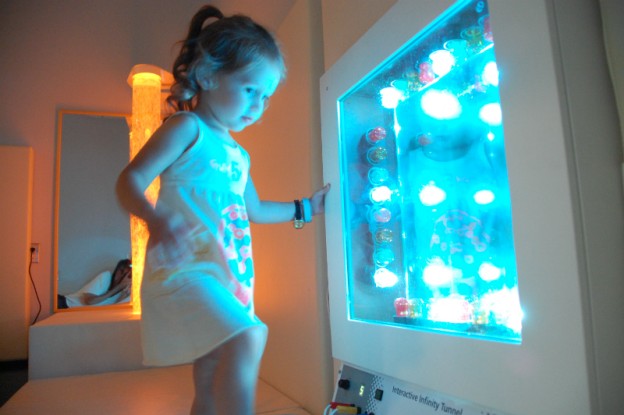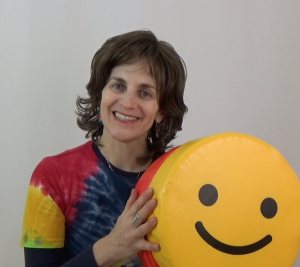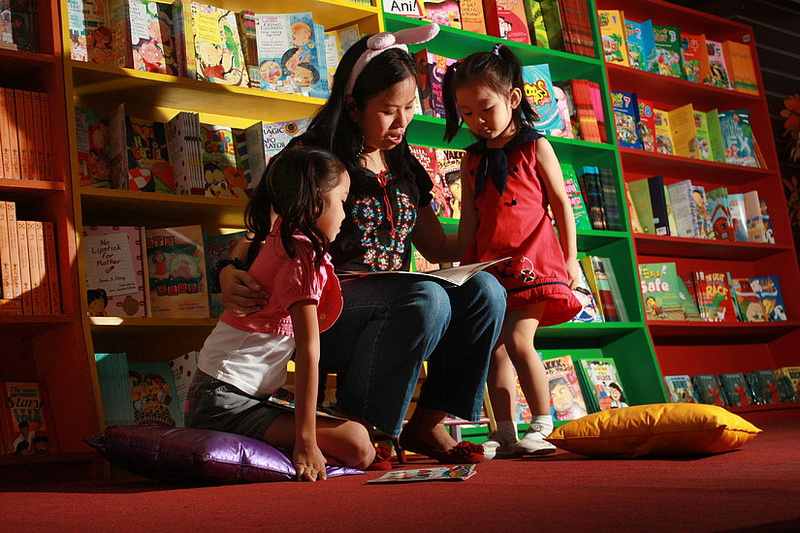
Therapy Tips 1. Reading or Study Corner
Find a corner or closet and you can transform it into a reading haven. If you have a bookcase, that is great, but if not a bucket of books will do the trick. Toss in a beanbag chair, some earmuffs to keep the noise out, and a lamp or book light. You may even want to hang a sheet up to act as a curtain for your space. If you have the room, add a fish tank (it can be fake) or bubble tube. Keep shuffling those books around to keep your reader eager to come back!




